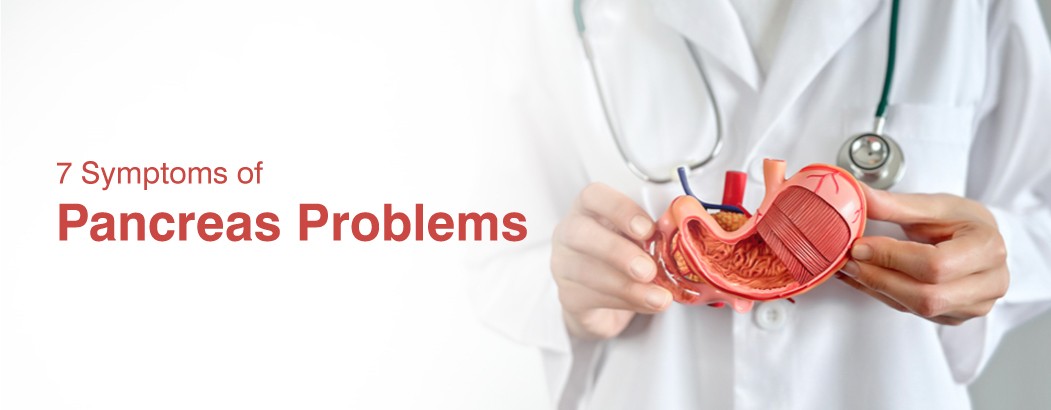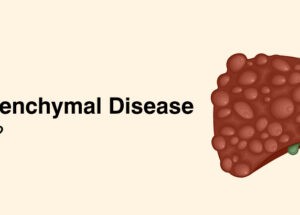Gallbladder Polyps
What is a gallbladder polyp?
A gallbladder polyp is a small, abnormal growth of tissue with a stalk protruding from the lining of the inside of the gallbladder. They are relatively common.The gallbladder is a small organ that stores bile and passes it from the liver to the small intestine.
Although gallbladder polyps can be cancerous (malignant), about 95 percent of gallbladder polyps are noncancerous (benign). Gallbladder polyp size is often an indication of the presence of cancer:
- Small gallbladder polyps — less than 0.5 cm in diameter — are typically benign and, in most cases, don’t need to be treated.
- Gallbladder polyps larger than0.5 cm in diameter have a greater likelihood of being or becoming malignant.
- Gallbladder polyps larger than 1cm have a high probability of being malignant.
Symptoms of Gallbladder Polyps
In many cases, people with gallbladder polyps show no symptoms. There are, however, some people who complain of:
- Occasional pain in the right part of the upper abdomen (hypochondrium)
- Nausea
- Vomiting
Gallbladder Polyps Diagnosis
Most gallbladder polyps are diagnosed while your doctor examines you for another, unrelated illness
Imaging
If your doctor is worried you have gallbladder polyps, they may do a test to diagnose the polyp and its size. Possible tests include:
- Abdominal ultrasound, which is noninvasive
- Endoscopic ultrasound, which is minimally invasive
What causes gallbladder polyps?
It’s unclear what causes gallbladder polyps. Studies to determine gallbladder polyp risk factors are not conclusive and don’t draw a clear relationship between gallbladder polyps and several factors, such as:
- Age
- Gender
- Medical condition, such as obesity or diabetes
- There might be an association with fat metabolism and family genetics, but that is unproven.
Gallbladder Polyps Treatment
Treating gallbladder polyps has to do with the size of the growth.
For polyps less than 0.5cm in diameter, your doctor might schedule regular ultrasounds to monitor your growths for any changes that might indicate cancer. Your doctor may recommend abdominal or endoscopic ultrasounds.
For polyps larger than 0.5cm in diameter, your doctor might recommend surgical removal of the gallbladder. This procedure is called a cholecystectomy. Many doctors recommend this course of treatment if you have both gallstones and gallbladder polyps
Outlook
Gallbladder polyps are common and 95 percent are noncancerous.



















